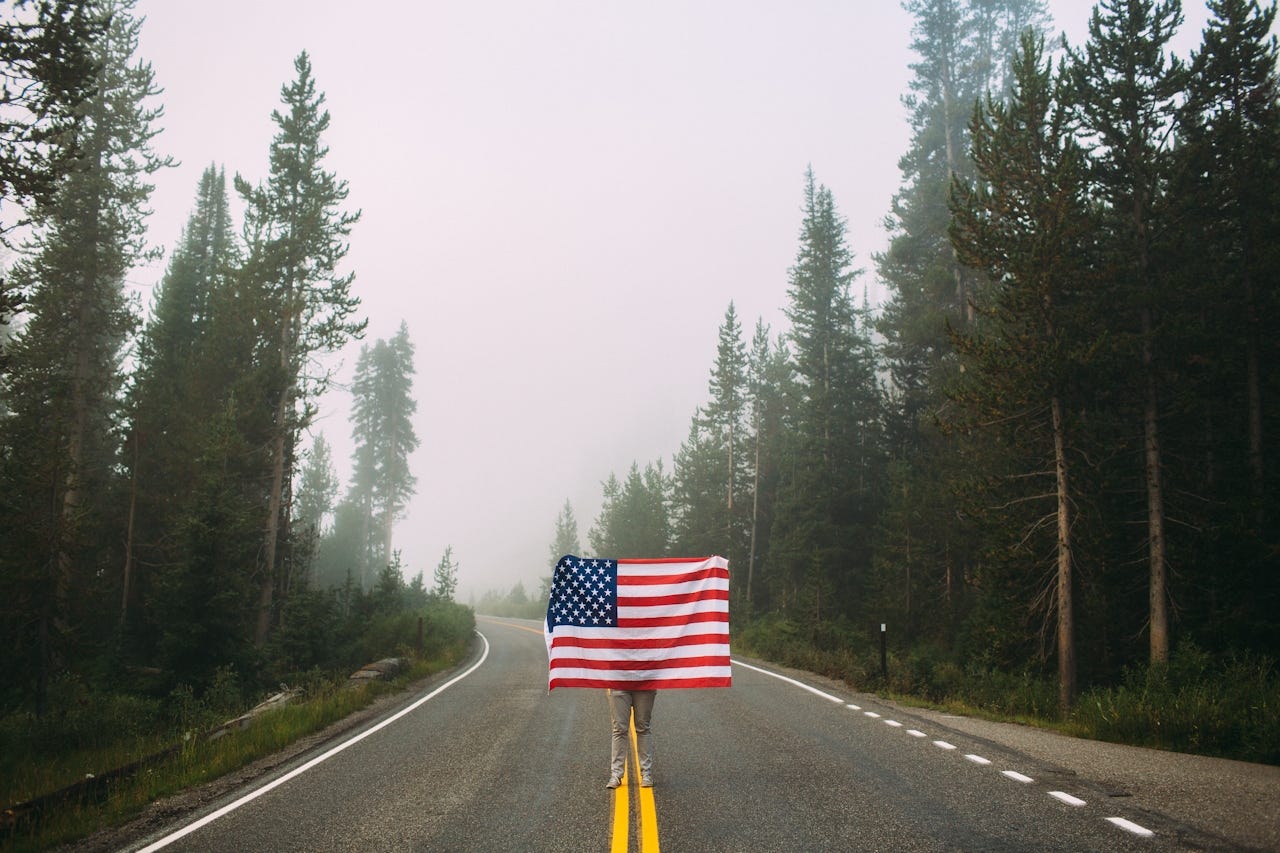Your Rejected Design Might Become A National Treasure, Like The American Flag
The July 4th Design Special
It’s July 4th. Which means one thing: flags on literally everything.
Shirts. Trucks. Beer cans. Hot dog napkins. Your weird uncle’s swim trunks.
If you’re American, you probably see the flag so often you forget to actually look at it.
So today, in true Big Bang Theory style, let’s have a little Fun With Flags.
Keep reading with a 7-day free trial
Subscribe to Butter & Bagel to keep reading this post and get 7 days of free access to the full post archives.


